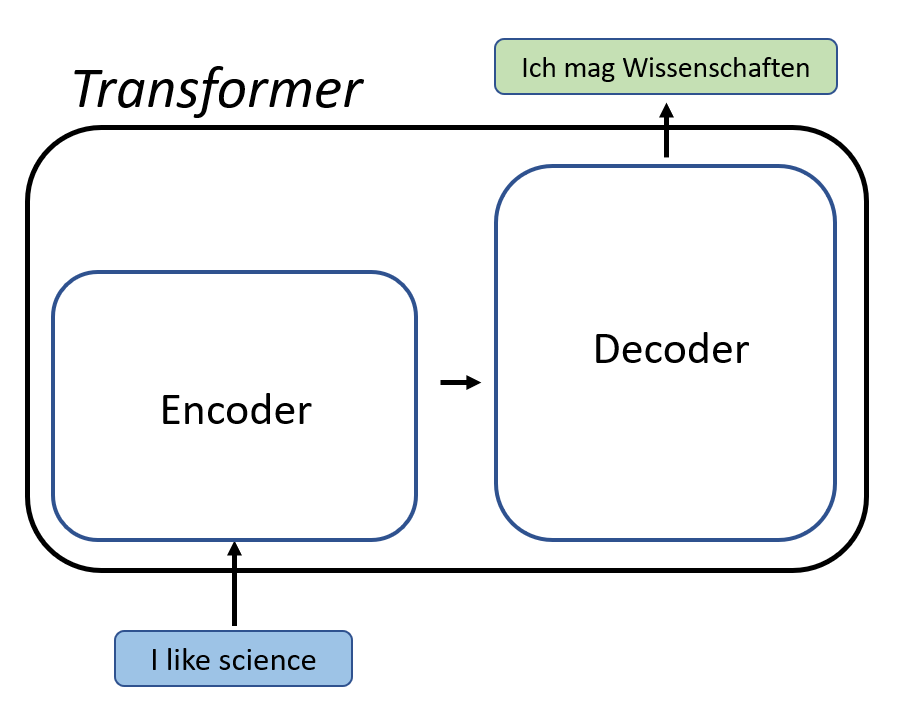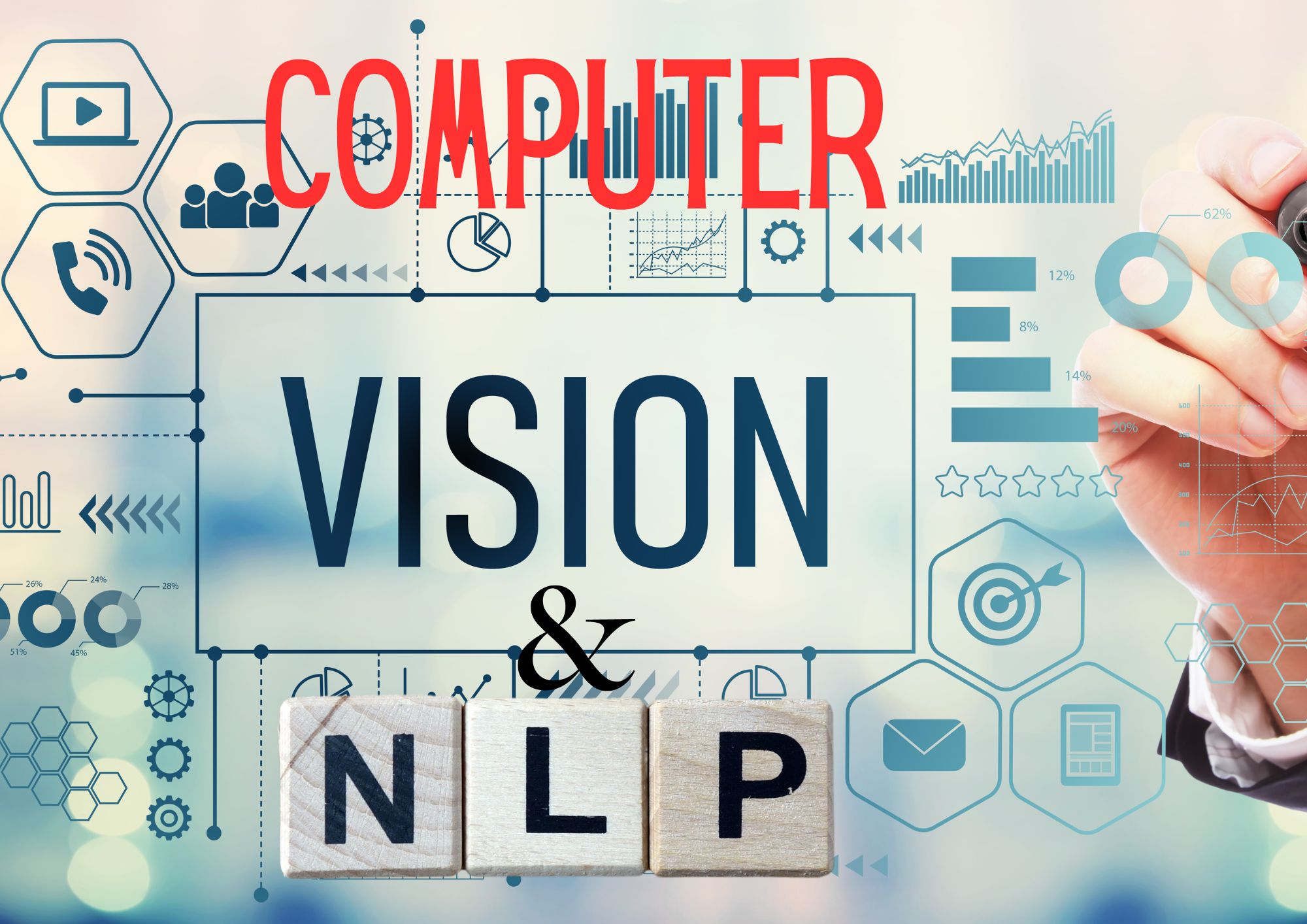Are you preparing for an interview in the exciting fields of natural language processing (NLP) and computer vision?
You’ve come to the right place! In this ultimate guide, we will cover essential deep learning interview questions that will help you ace your next NLP or computer vision role interview.
We’ll provide you with examples, programming codes, facts, and figures to make sure you’re well-equipped for success.
Deep Learning Fundamentals
Before diving into NLP and computer vision-specific questions, it’s crucial to have a solid understanding of deep learning fundamentals.
Here are some key interview questions to get you started:
What is deep learning, and how does it differ from traditional machine learning?
Deep learning is a subfield of machine learning that focuses on artificial neural networks with multiple hidden layers.
These deep neural networks are capable of learning hierarchical representations of data, making them highly effective at handling complex tasks such as NLP and computer vision.
In contrast, traditional machine learning relies on hand-crafted features and shallow models, which can be limiting in their ability to learn and generalize.
Example: For image classification, deep learning algorithms like Convolutional Neural Networks (CNNs) can automatically learn features, such as edges and textures, through multiple layers.
On the other hand, traditional machine learning approaches require manual feature engineering, such as extracting color histograms and texture descriptors.
What are the different types of deep learning neural networks?
Some common types of deep learning neural networks include:
- Feedforward Neural Networks (FNNs)
- Convolutional Neural Networks (CNNs)
- Recurrent Neural Networks (RNNs)
- Long Short-Term Memory (LSTM) networks
- Gated Recurrent Units (GRUs)
- Transformer models
Deep Learning for NLP
Natural Language Processing (NLP) is an area of artificial intelligence that focuses on enabling computers to understand, interpret, and generate human language.
Deep learning has significantly advanced NLP in recent years, and here are some critical interview questions related to deep learning for NLP:
What are word embeddings, and why are they essential in NLP tasks?
Word embeddings are dense vector representations that capture the semantic meaning of words in a continuous space.
They are essential in NLP tasks because they allow algorithms to process text data more effectively by reducing the dimensionality and capturing semantic relationships between words.
Example: Word2Vec and GloVe are popular word embedding techniques that generate word vectors based on their co-occurrence in a large text corpus.
What is the Transformer architecture, and how has it impacted NLP?
The Transformer architecture is a deep learning model introduced by Vaswani et al. (2017) that has revolutionized NLP.
It uses self-attention mechanisms to process input sequences in parallel, rather than sequentially as in RNNs, enabling faster training and improved performance on long sequences.
Transformers have led to the development of powerful pre-trained language models such as BERT, GPT, and T5, which have significantly advanced the state of the art in various NLP tasks.

Deep Learning for Computer Vision
Computer vision is a field of artificial intelligence that focuses on enabling computers to interpret and understand visual information from the world.
Deep learning has played a crucial role in advancing computer vision, and here are some key interview questions related to deep learning for computer vision:
What is a Convolutional Neural Network (CNN), and how does it work?
A Convolutional Neural Network (CNN) is a type of deep learning model specifically designed for processing grid-like data, such as images. It consists of multiple layers, including convolutional layers, pooling layers, and fully connected layers.
The convolutional layers apply filters to the input data to learn local features (e.g., edges and textures), while pooling layers reduce spatial dimensions for computational efficiency.
Fully connected layers are used for classification or regression tasks.
Example: LeNet-5, AlexNet, and VGG are well-known CNN architectures that have achieved impressive results in image classification tasks.
What is object detection, and how do deep learning models tackle this task?
Object detection is a computer vision task that involves identifying and localizing objects of interest within an image or video frame.
Deep learning models, such as Faster R-CNN, YOLO, and SSD, have significantly improved object detection performance.
These models typically use a combination of CNNs for feature extraction and region proposal networks (RPNs) or anchor boxes to generate potential object bounding boxes.
The models then use a classifier and a regression layer to refine the object class predictions and bounding box coordinates.
Example: In a self-driving car application, object detection models can identify and localize pedestrians, traffic signs, and other vehicles in the camera’s field of view.
Practical Deep Learning Questions
In addition to theoretical knowledge, it’s essential to be familiar with practical aspects of deep learning, such as implementation details, optimization, and troubleshooting.
Here are some practical deep learning interview questions:
What are some common techniques to prevent overfitting in deep learning models?
Some common techniques to prevent overfitting in deep learning models include:
- Regularization (L1, L2, or dropout)
- Early stopping
- Data augmentation
- Using smaller or simpler network architectures
- Transfer learning
Can you provide a code snippet for implementing a simple deep learning model using a popular deep learning framework (e.g., TensorFlow, PyTorch)?
Example (using PyTorch):
import torch
import torch.nn as nn
class SimpleCNN(nn.Module):
def __init__(self, num_classes=10):
super(SimpleCNN, self).__init__()
self.conv1 = nn.Conv2d(3, 16, kernel_size=3, stride=1, padding=1)
self.relu = nn.ReLU()
self.pool = nn.MaxPool2d(kernel_size=2, stride=2, padding=0)
self.fc = nn.Linear(16 * 16 * 16, num_classes)
def forward(self, x):
x = self.conv1(x)
x = self.relu(x)
x = self.pool(x)
x = x.view(x.size(0), -1)
x = self.fc(x)
return x
model = SimpleCNN()
We hope this ultimate guide to deep learning interview questions for NLP and computer vision roles has been informative and helpful.
With a strong understanding of deep learning fundamentals, practical examples, and the ability to answer these interview questions confidently, you’re well on your way to landing your dream job!
Good luck!
Thank you for reading our blog, we hope you found the information provided helpful and informative. We invite you to follow and share this blog with your colleagues and friends if you found it useful.
Share your thoughts and ideas in the comments below. To get in touch with us, please send an email to dataspaceconsulting@gmail.com or contactus@dataspacein.com.
You can also visit our website – DataspaceAI



